
Special Experience
Tokyo
Discover Traditional Asakusa through Wagashi Making and a Guided Sensoji-temple Tour
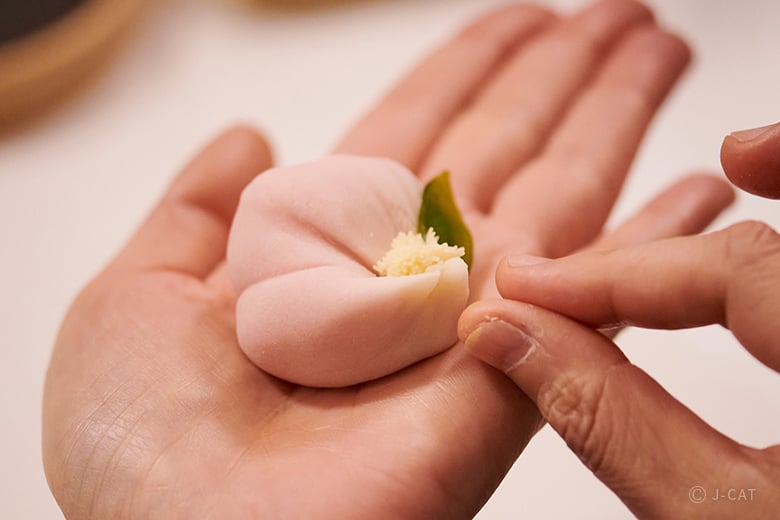
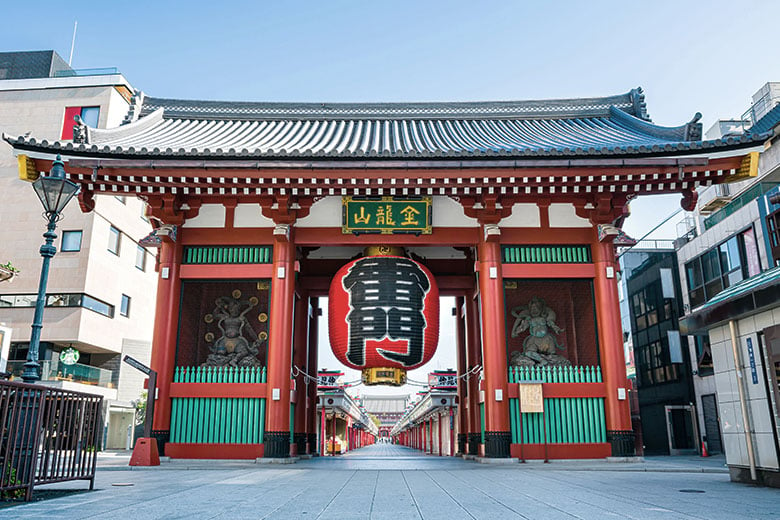
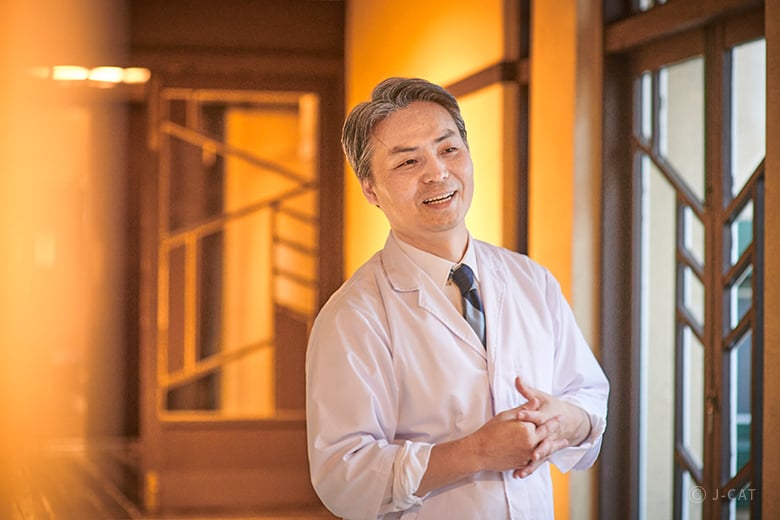
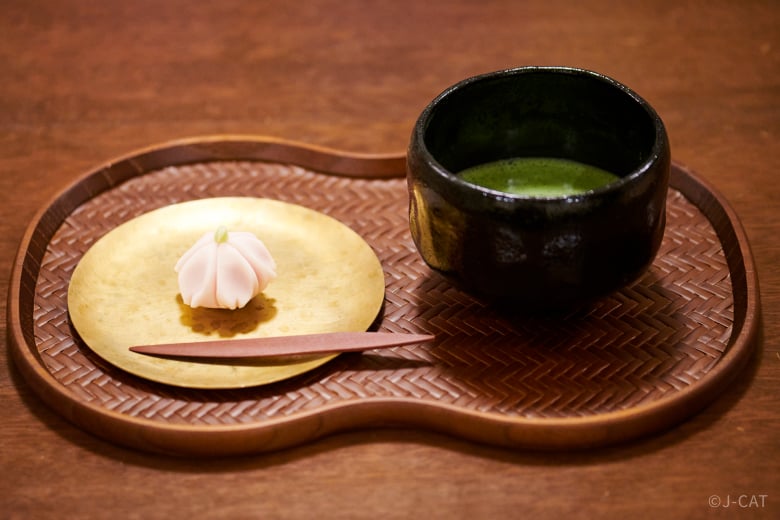
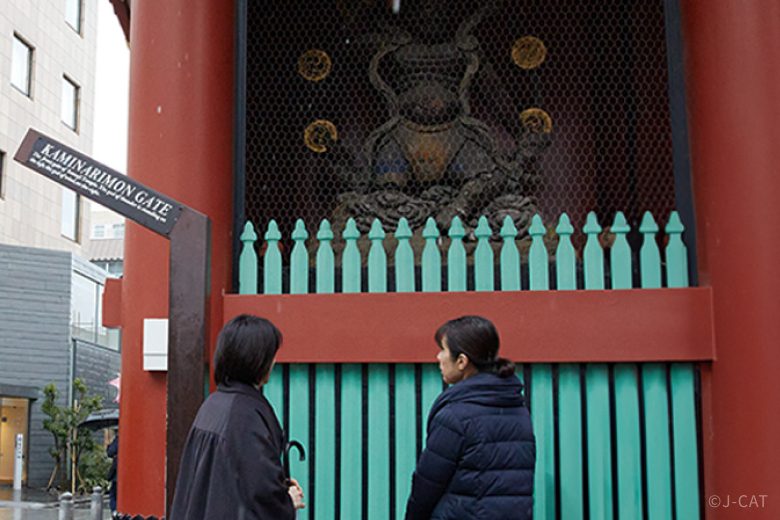
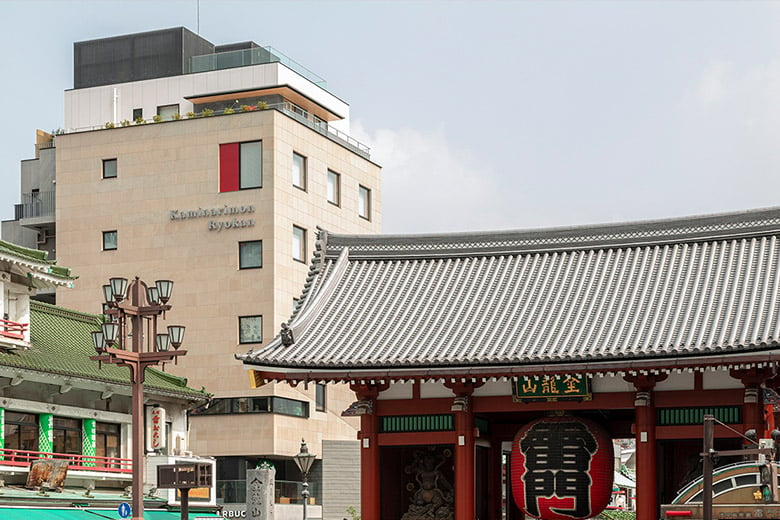
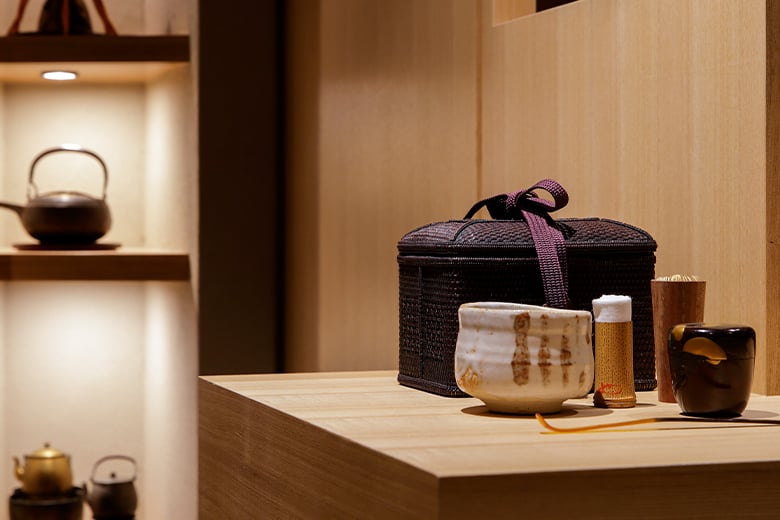
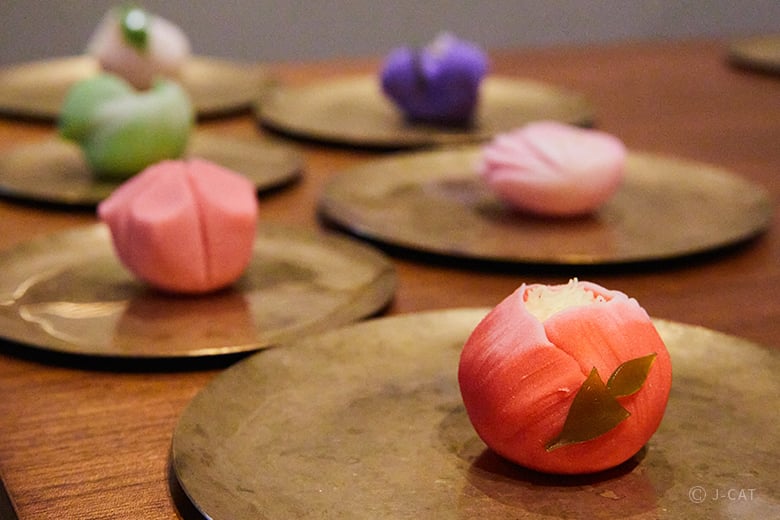
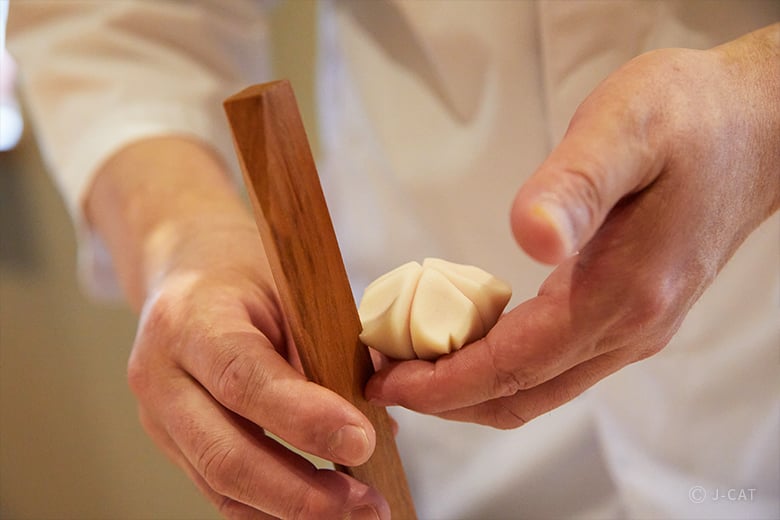
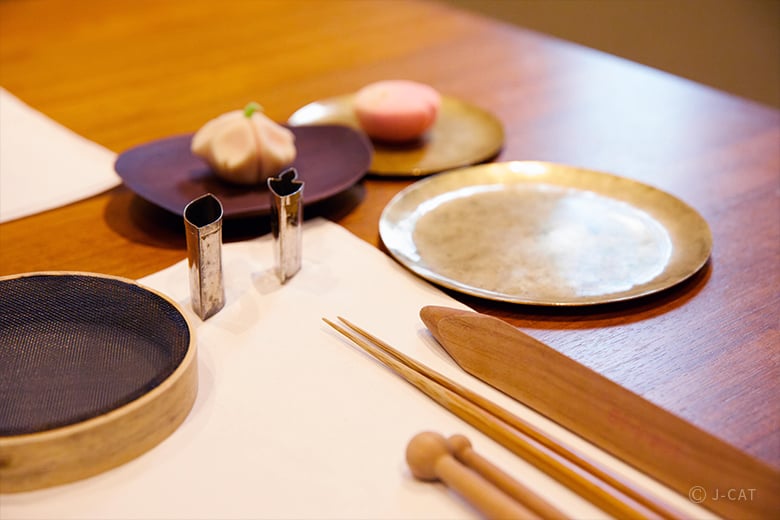
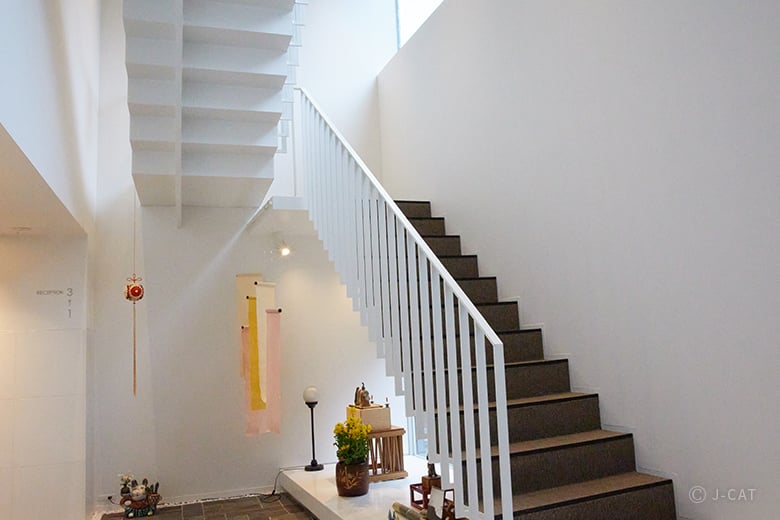
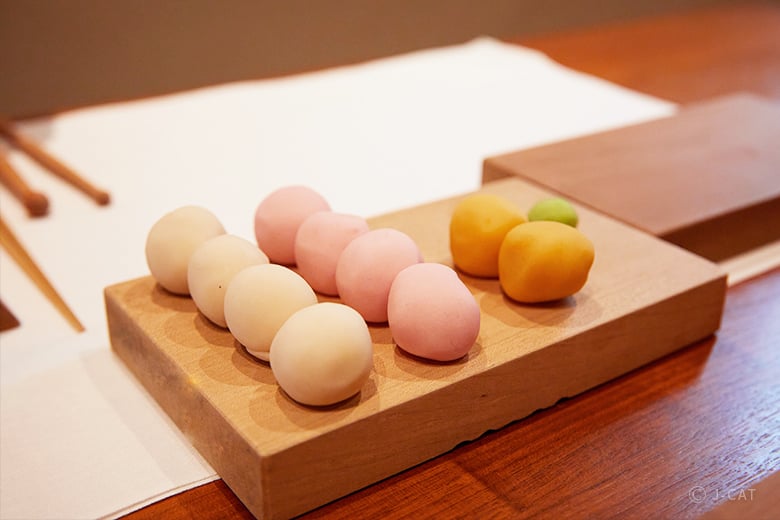
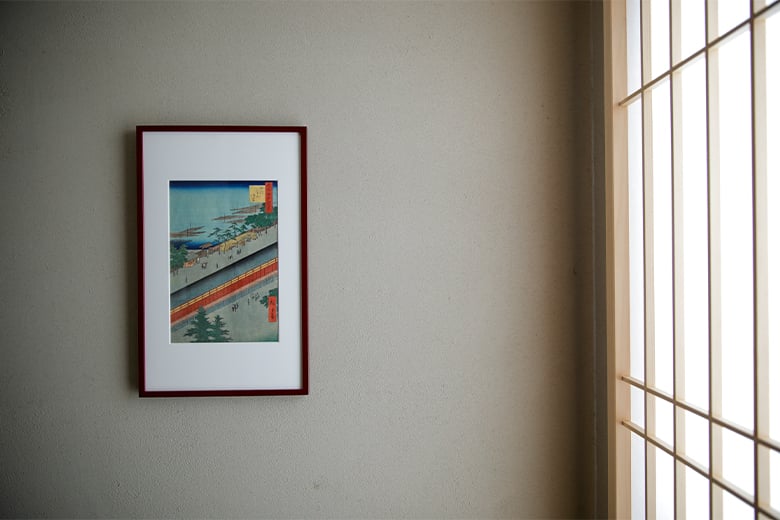
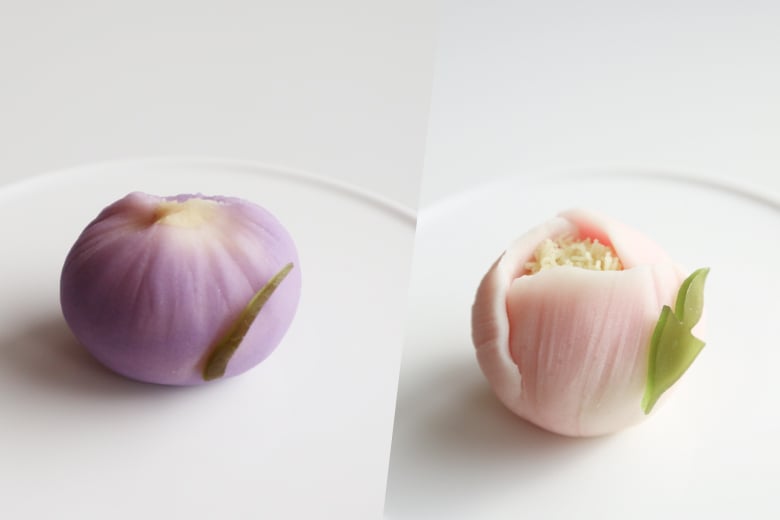
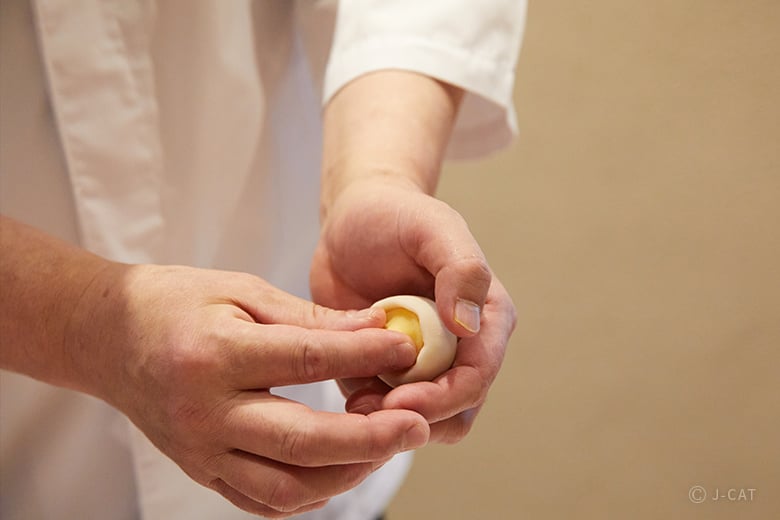
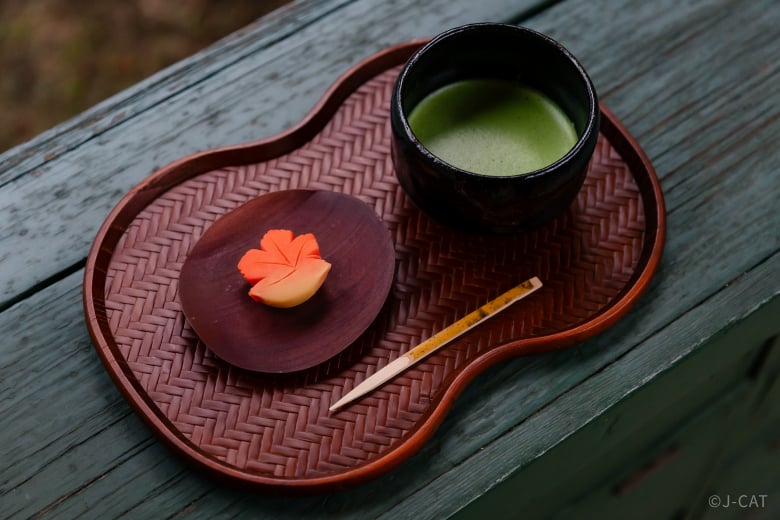

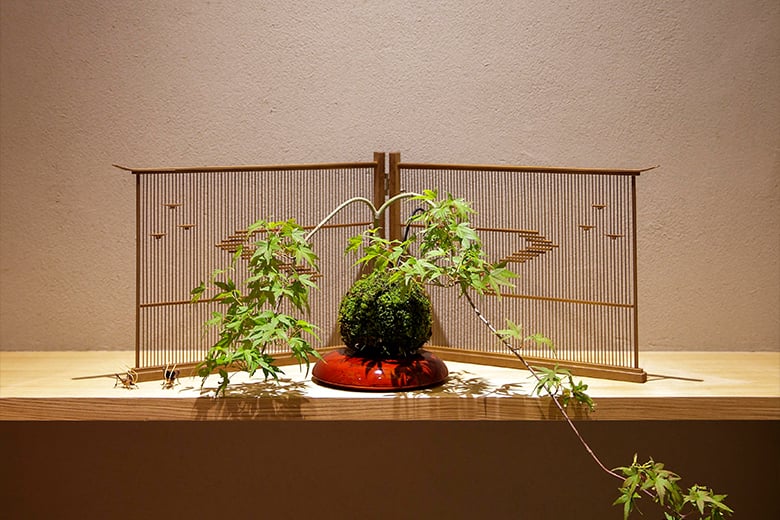
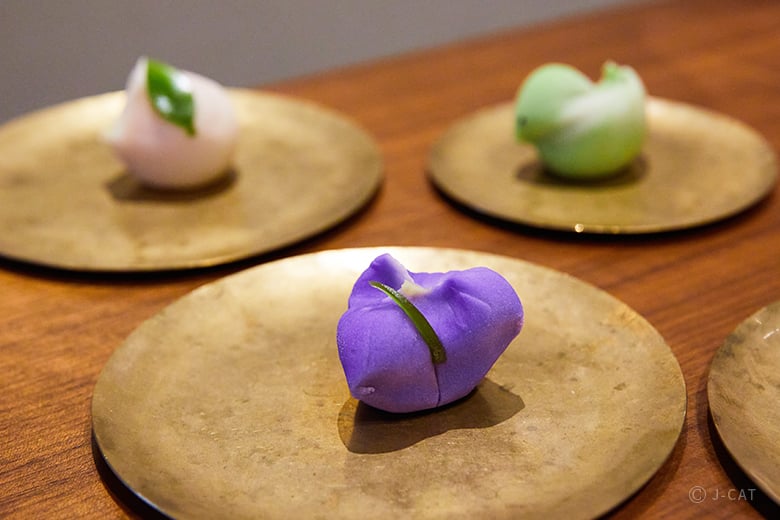
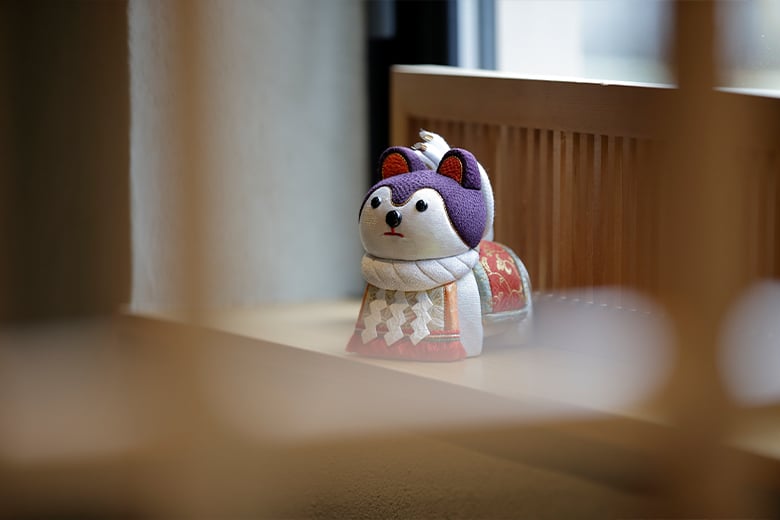




















Overview
Asakusa is one of Tokyo’s most popular tourist districts, with Sensoji Temple’s iconic main gate, Kaminarimon, considered the area’s centerpiece. In this experience, you will take a guided tour of Sensoji and Asakusa’s other attractions, after which you will make wagashi — traditional Japanese sweets — at Kaminarimon Ryokan, a historical inn next to its namesake gate. This Wabunka-exclusive tour is an opportunity to experience Japanese tradition with all your senses.
Key Features
・The venue for this experience is a usually off-limits space for non-staying guests at Kaminarimon Ryokan, which is close to and facing Sensoji Temple’s Kaminarimon Gate
・As a Wabunka-exclusive privilege, this plan will delve into Asakusa’s history and Japanese traditions, as it includes a guided tour of Asakusa, including Sensoji Temple
・Under the guidance of Masaya Eiyo, a wagashi artisan trusted by long-standing high-end restaurants and tea-ceremony masters, learn to make wagashi (Japanese sweets) themed after seasonal flowers, then enjoy them with tea
*Please note that the wagashi-making experience is not private; there may be other guests aside from yourself and/or your group participating in the experience.
Tokyo
90mins
from ¥24,000 /person
1 - 4 participants
Available in English
Cancel free up to 4 days prior
* If fewer than 2 participants, the minimum fee will be JPY 48,000
Details
Sensoji — A Temple with Over 1,400 Years of History — and Its Guardian, Kaminarimon Gate
One of Tokyo’s most popular tourist attractions, Sensoji Temple in the Asakusa district has a history dating back to the 7th century. It is said to trace its origins to the year 628, when a statue of Kannon, the Buddhist goddess of mercy, was pulled out from the nearby Sumida River. The statue, which is also known as the Asakusa Kannon, was then enshrined in the grounds that would eventually become Sensoji Temple.

Each year, around 30 million people from all over the world visit Sensoji Temple
On the grounds of Sensoji Temple are many traditional buildings, including Kannon-do (Kannon Hall) — the main hall — and a five-story pagoda. However, the most famous symbol of Sensoji is its main gate, Kaminarimon. Built in 942 by the military commander Taira no Kinmasa, the Kaminarimon Gate has undergone several reconstructions throughout its existence. The current Kaminarimon was rebuilt in 1960 with the help of a donation from Konosuke Matsushita, founder of Matsushita Electric (now Panasonic).

A peaceful moment at Kaminarimon Ryokan
Located right next to Kaminarimon is Kaminarimon Ryokan, which was founded in 1947. This historic, long-running ryokan inn has seen its neighborhood undergo various changes over time. In 2019, it was renovated with renowned architect Kiyoshi Sey Takeyama, who has won awards from the Architectural Institute of Japan and many other institutions, at the helm. With “enjoying wa (Japanese style)” as its concept, this ryokan pursues traditional Japanese beauty by incorporating traditional Japanese design elements such as earthen walls — which are rarely used nowadays — and washi paper, and displaying traditional Japanese crafts throughout the facility.

Discover Asakusa through a mini tour
In this plan, you will first gather at Kaminarimon Ryokan then set off on a private tour of Sensoji Temple. You will pass through the bustling Nakamise-dori shopping street, then head to the main hall via the Hozomon Gate. Then, after paying your respects at the main hall, you will visit Asakusa Shrine. This will be a valuable moment to delve into the history of Asakusa, as, during the tour, your guide will share fascinating trivia about Sensoji Temple's Kaminarimon Gate and the wishes behind its lanterns, the differences in ways to worship at a temple and a shrine, and more.
Learn from an Artisan Determined to Pass Down Wagashi’s Legacy to Future Generations
After the tour, you will return to Kaminarimon Ryokan to begin the wagashi sweets-making experience. Your instructor will be Masaya Eiyo, a wagashi artisan who runs Wagashi Momofune. Born as the third generation to inherit a wagashi shop established by his grandfather, Eiyo trained at a famous wagashi shop before going independent.

Eiyo has more than 20 years of experience as a wagashi artisan
In contrast to the convention of setting up shop to gain customers, Eiyo does not have a storefront of his own. Instead, he is involved in various wagashi-related endeavors, mainly collaborations with long-established ryotei (high-end traditional restaurants), chefs, and tea-ceremony practitioners. He also conveys the beauty and appeal of wagashi through wagashi-making workshops.

Eiyo’s jo-namagashi sweets express Japan’s unique aesthetic and seasonal sensibilities
Witness a Wagashi Artisan’s Expertise Through a Demonstration
The wagashi-making experience will begin with a demonstration and explanations from Eiyo on how to make fresh, high-grade wagashi called jo-namagashi. Despite their high quality, jo-namagashi require very simple raw ingredients: white bean paste for the base and Japanese yam to hold the bean paste together. It is nothing short of incredible to see how these simple and plain-looking ingredients are transformed in Eiyo's hands into beautiful and refined confections in an instant.

Through traditional tools and delicate work, the ingredients are shaped into seasonal flowers
Wagashi are made with special tools such as sankaku-bera (triangular wooden sticks) and uragoshi strainers. With changing times leading to fewer opportunities to enjoy jo-namagashi, the number of artisans making these tools has also been decreasing. Thus, Eiyo holds workshops and other activities with the goal of promoting and passing down to future generations the precious traditional tools and techniques that his predecessors have developed over time.

This is an opportunity to see and touch wagashi-making tools, which you may not commonly see in your daily life, up close
Make Two Types of Wagashi While Listening to the Artisan’s Explanations
After the demonstration, it will finally be time for you to make wagashi on your own. You will use colored bean paste to create two types of themed nerikiri, kneaded wagashi. In line with Japanese tradition, the theme, which changes on a monthly basis, is meant to evoke the current season.

Even just squeezing wagashi with a tea towel gives each piece a different finish
The two jo-namagashi made for this article were themed after cherry blossoms, a symbol of spring. One is called hanaikada (flower raft), a term that calls to mind fallen petals floating on the water’s surface. The other one, which is shaped with a spatula, is called urazakura (cherry blossoms in reverse) because it resembles a cherry blossom as seen from the back — a design passed down from Eiyo’s grandfather. You will surely be impressed by Eiyo’s skill and sensibilities when it comes to expressing the season’s beauty through wagashi.

The themes of the jo-namagashi are seasonal, varying every month
Among your two finished wagashi, one will be served along with matcha tea prepared by Eiyo. Freshly made jo-namagashi has an exceptional flavor, as well as a melt-in-your-mouth texture that is much smoother than one might imagine. Many jo-namagashi have themes that reflect classical designs, and Eiyo’s explanations on the background and context of these sweets are sure to further deepen your understanding of wagashi.

The rich umami of matcha draws out the sweetness of jo-namagashi sweets
Encountering Japanese Traditions at Asakusa, Where History and Culture Intersect
Wagashi making techniques developed alongside the tea ceremony during the Edo period (1603–1868). The classic way to make wagashi involves shaping the dough with simple tools while it is in the palm of one’s hand. As this method does not involve unnecessary materials and reduces waste, it is also tied to the ancient Japanese mentality of valuing things.

Experience traditional Japanese culture with all five senses by making wagashi at a ryokan
Learn about this Japanese mentality and more through as you visit Sensoji Temple, which has been a place of worship for around 1,400 years, and make wagashi. This will be a valuable opportunity for you to encounter Japan’s customs and sense of aesthetics.
Kaminarimon Ryokan / Masaya Eiyo (Wagashi Momofune)

Kaminarimon Ryokan / Masaya Eiyo (Wagashi Momofune)
Kaminarimon Ryokan
Located next to Sensoji Temple’s Kaminarimon Gate, Kaminarimon Ryokan is a historical inn that has been in business for about 80 years. In 2019, the entire building was renovated under the supervision of acclaimed architect Kiyoshi Sey Takeyama, who has worked on many famous buildings and has been awarded by the Architectural Institute of Japan.
Masaya Eiyo (Wagashi Momofune)
The third-generation head of a waashi shop that is over 100 years old, Masaya Eiyo has honed his skills in wagashi making for about 20 years, including undergoing training at a famous shop. Aiming to preserve for the next 100 years the splendor and techniques of wagashi that his predecessors have perfected for over a century, Eiyo spreads the appeal of wagashi through workshops and events.
Location
Kaminarimon Ryokan
Sumida Ward, Tokyo
Request for booking
Select first preferred date (JST)
April 2025
Sun
Mon
Tue
Wed
Thu
Fri
Sat

17
Available

17
Full

17
No Events
Tokyo
90mins
from ¥24,000 /person
1 - 4 participants
Available in English
Cancel free up to 4 days prior
* If fewer than 2 participants, the minimum fee will be JPY 48,000
Things to know
Contact Us
If you have any questions, please contact us using the form below.
We also accept bookings from corporate clients and travel agencies.